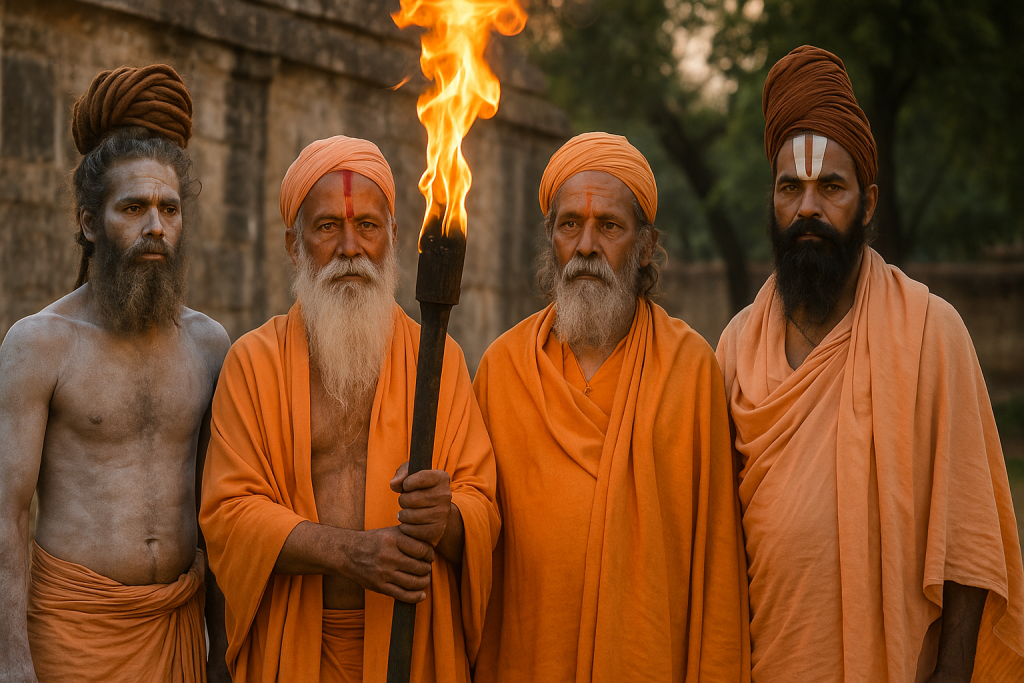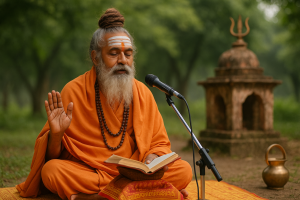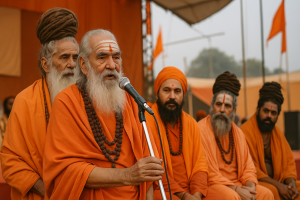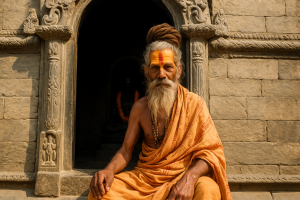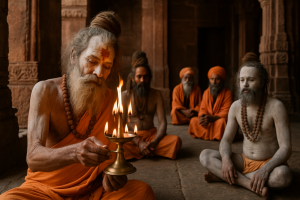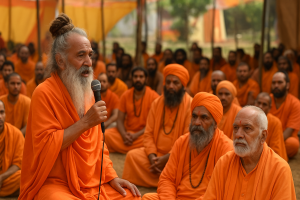Torchbearers of Brahmacharya: Historical Saints of Panchagiri Akhara
In the sacred geography of Indian spirituality, the Panchagiri Akhara—also called Panchagni Akhara—stands as a pillar of purity and unwavering discipline. Established in Vikram Samvat 1992 (1136 CE), this ancient monastic order has been home to saints whose deep devotion, celibacy, and scholarship created an enduring spiritual legacy. These historical saints are more than just names; they are foundational forces that shaped the path of the Akhara for centuries to come.
Unlike many Shaivite orders, Panchagiri Akhara follows a unique spiritual code: its members are strictly Brahmacharis, lifelong celibates who abstain from intoxicants, avoid dhuni rituals, and are initiated with the sacred thread (janeu). Their principal deity is Mata Gayatri, and their spiritual discipline is rooted in Vedic study, meditation, and service. This distinct path was pioneered by saints whose renunciation and wisdom continue to resonate in the Akhara’s daily practices.
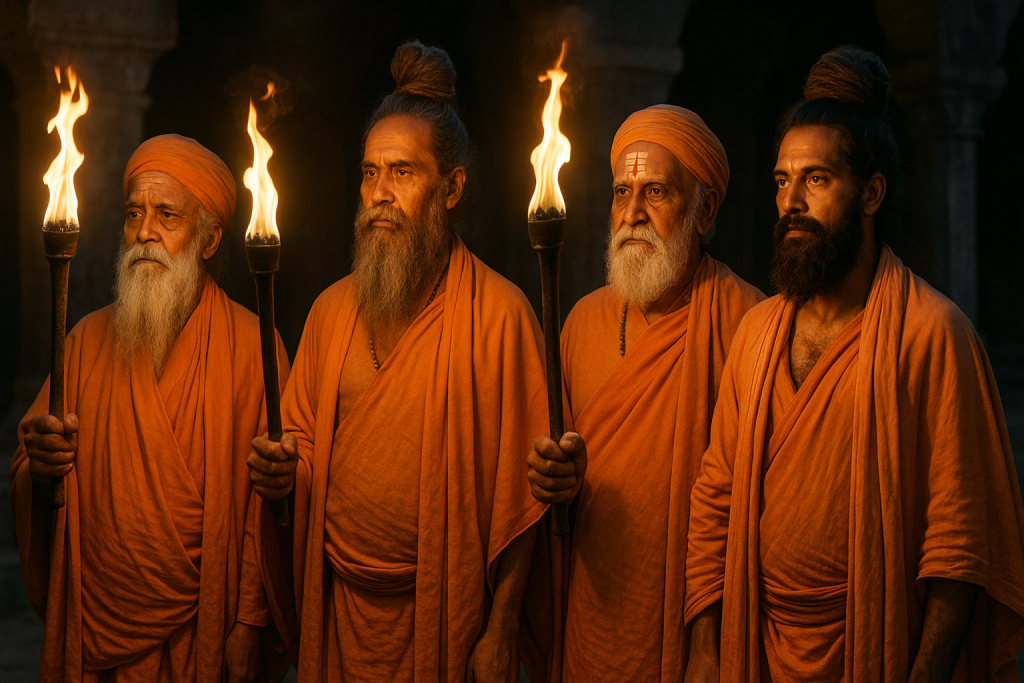
One of the most revered figures in the Akhara’s history is Maharishi Markandeya, whose ashram at Amarkantak, near the origin of the holy Narmada River, remains the spiritual nucleus of the Akhara. Though Markandeya predates the formal establishment of the Akhara, his penance and Gayatri devotion laid the philosophical groundwork upon which the order would be built.
Many early saints of Panchagiri Akhara chose to remain unnamed, embodying true humility. Their lives were not recorded for fame but for setting standards of austerity and seva (selfless service). These saints traveled from Kashi (Varanasi) to Haridwar, Ujjain, Nashik, and Junagadh, establishing centers of learning, initiating disciples, and preserving Vedic traditions in their purest form.
One of the historically significant saints often remembered in oral tradition is Swami Achyutanand Brahmachari, believed to have led the Akhara through a period of great reform and expansion in the 17th century. It was under his leadership that the Akhara began organizing structured gurukuls (residential schools), spreading Vedic knowledge among young aspirants committed to Brahmacharya.
Another key figure was Swami Yoganand Giri, a saint deeply devoted to Gayatri worship, who composed and preserved many of the Akhara’s mantras and hymns. His compositions are still recited by monks and aspirants during daily rituals.
These saints were not just reclusive renunciants—they were spiritual architects who laid the foundation for the Akhara’s growth across India. Their efforts ensured that Panchagiri Akhara remained not only a center of ascetic life but also a living university of Vedic knowledge, ethics, and dharma.
Today, as thousands gather at Kumbh Melas or visit the Akhara’s ashrams, they walk paths once tread by these silent sages. Their legacy is etched not in stone, but in hearts, rituals, and the flame of devotion they lit centuries ago—a flame still burning brightly.

